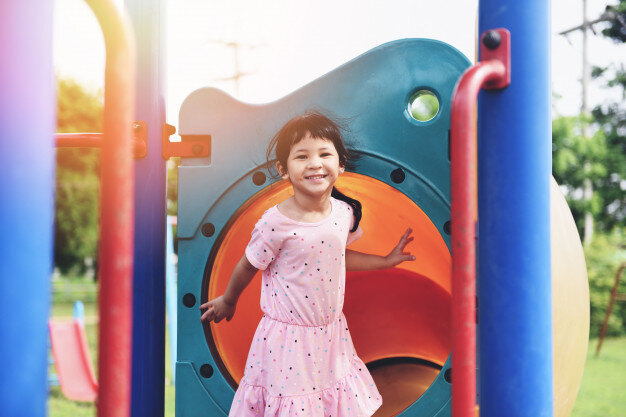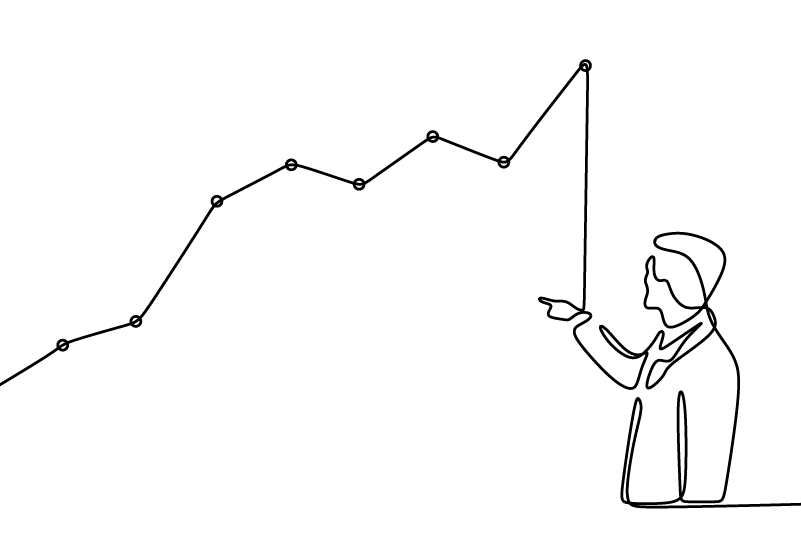New to ABA?
According to the Centers for Disease Control, 1 in 54 children are diagnosed with Autism Spectrum Disorder; a 10% increase over 2014, making autism the “fastest-growing serious developmental disability in the U.S.”
Applied behavior analysis (ABA) is considered the leading treatment for individuals diagnosed with autism to bring about meaningful change in behavior. Behavior analysis focuses on the principles of learning and how learning occurs—this may be through positive reinforcement, breaking skills down into smaller steps, modeling, and repetition. Research has identified 27 evidence-based strategies for treating symptoms of autism, all of which are derived in the science of ABA (www.autismsociety-nc.org).
Applied
A behavior change is applied when it enhances and improves the everyday life of a learner, and those who are closest to a learner (e.g., parents, siblings, peers), by improving a socially significant behavior (Cooper, Heron & Heward, 2007).
Behavior
The behavior chosen must also be observable and measurable. By defining a behavior that makes it easily observable and measurable, we are able to study it for proof of improvement, as well as lack of improvement. By defining a behavior, practitioners are able to collect data and show change over time (Cooper, Heron & Heward, 2007).
Analysis
Using data to make informed decisions. The practitioner is able to show that whenever he/she applies a certain variable, the behavior is produced, and whenever he/she removes this variable, the behavior is lost (Baer, Wolf & Risley, 1968).




